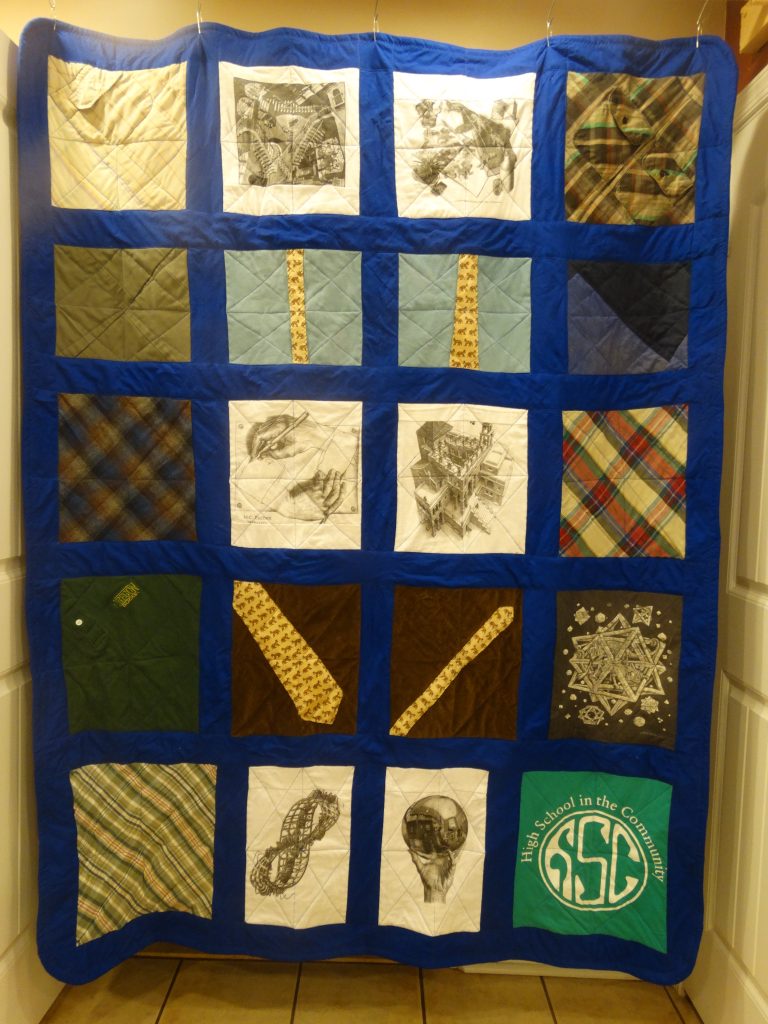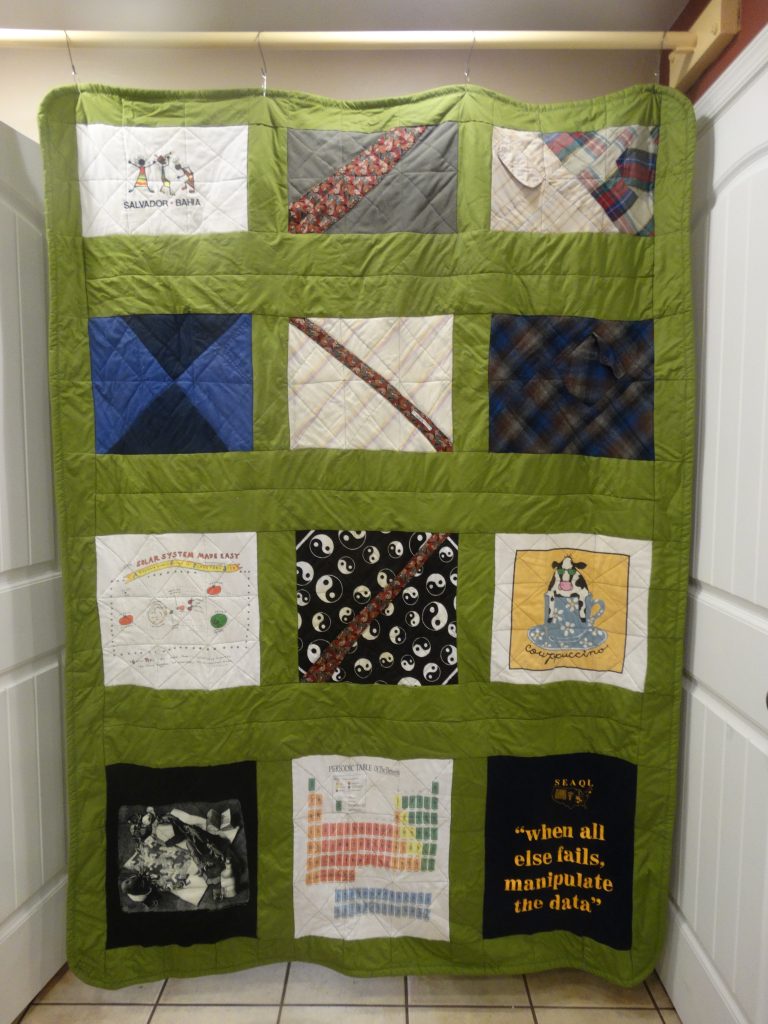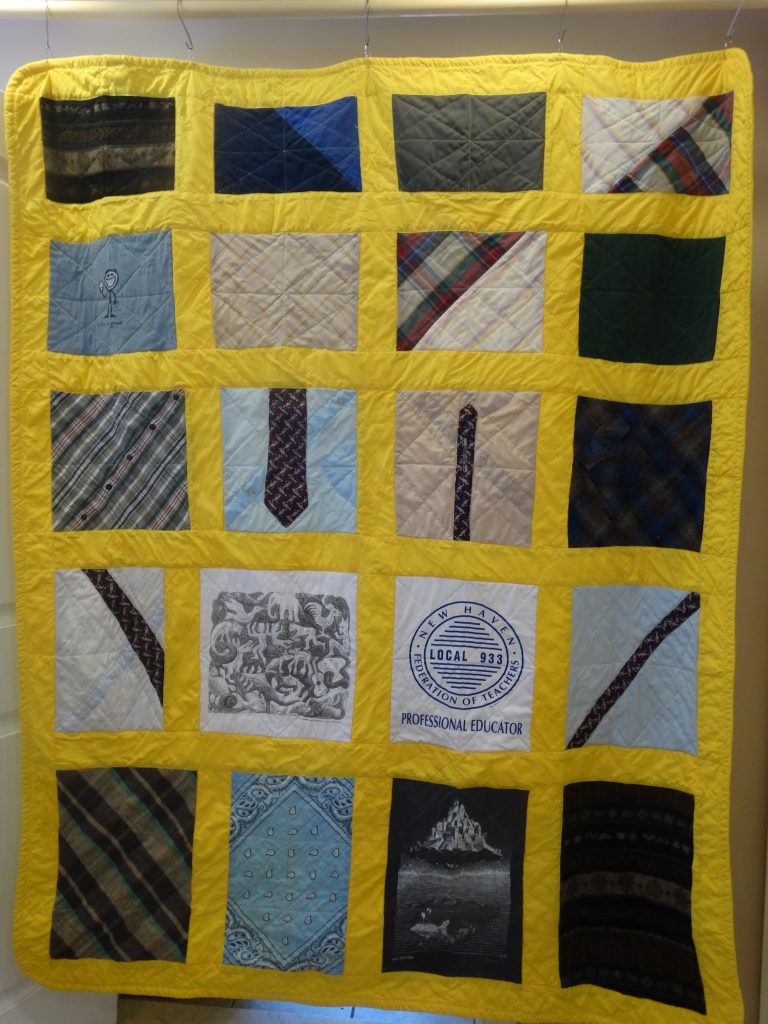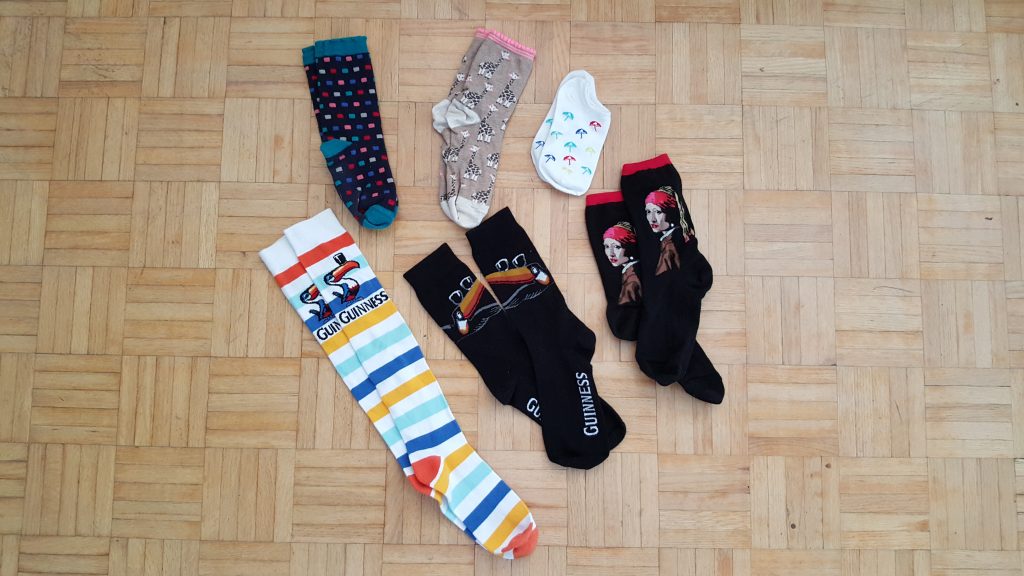Wearable devices and new technological capabilities are increasing the ease with which people can participate in lifelogging, the act of capturing and recording every moment of your life, kind of like a diary. The first time I heard about this in 2005 in reference to Gordon Bell’s MyLifeBits project, the only thing I could think was why would this be appealing? (Article here.)
Fitbits, smartwatches, and attachable cameras are all examples of wearable devices worn on the body to record and track various aspects of our lives. Naturally apps have been developed to create lifelogs and attract followers, such as Saga, Lifelogger, and Narrative (video below).
As The Deletist this is exactly the kind of mindless saving that makes me wonder, what’s the point? To just blindly capture, record, track, and save every moment of my life just because I can seems a bit pointless to me. People barely take the time to go through photos, videos, and other types of recordings that they make consciously. Who would take the time to go through the volumes of data captured automatically to weed out the crappy stuff? Also, many of my memories are formed around intangible sensations, like smells, touch, and emotions, the kinds of things technology is not good at capturing and connecting.
As an archivist, and somebody who prefers quality over quantity, I have serious issues with dumping everything into some magical “archive.” Where’s the lifelog curator app? When so many things are acquired and saved without criteria or a plan, the new challenge is not to retrieve the desired information, but rather to remember that you even have it to search through. I suppose the goal of the lifelog “archive” is to index everything so meticulously that you wouldn’t have to remember if you had it. You could just ask any question and have the searching done automatically, of course with the understanding that anything stored, including unpleasant memories you may be working hard to forget, could also be retrieved.
Naturally I also feel nervous thinking about the security involved with maintaining huge amounts of personal data. I’ve personally never considered having a lifelog. I have enough information to manage as part of my daily life and I’m not arrogant enough to think every minute of my daily life is worth retaining. There’s a reason human brains are designed to forget things.




